With the AMD Radeon Pro W5700 introduced today, Navi has finally arrived in the affordable workstation sector. Why one uses only the smaller chip with 36 Compute Units (CU) and thus 2304 shaders instead of the full 40 CUs, probably only AMD knows. After all one can offer such a card with 150 watts GPU power (not board power), which one has trimmed a little bit more for efficiency, which would have been possible with the full chip and less clock speed, if not more efficient.
After the Radeon Pro WX8200 with a Vega chip, which is now outdated, AMD is at least once again launching a modern, professional card, after having left this sector completely to Nvidia for years. Against the Pascal Quadro one had at that time already hardly a chance, about the RTX Quadro we do not want to speak there at all. And now? Price-wise seen the Quadro RTX 4000 will probably be the avowed goal, because this Nvidia card moves in a similar price range with the street prices, is however even again approx. 100 euro more expensive. Thus it will be really interesting to see, how Navi strikes itself, the price is quite hot.
Important
For today’s test some unexpected technical hurdles had to be overcome first. Whether in this context the short-term decision to replace the fast Intel system with the Core i9-9900K with an AMD workstation with a Ryzen 9 3950X, which was bought especially for this purpose, was really happy in the end, will probably only be answered in the future. To be fair, I would like to write about the problems to be solved in advance, but only after we have completely clarified the causes of various motherboard problems.
Here I’m in contact with AMD and two motherboard manufacturers and it’s also the reason why this new card has been tested on a different board than the rest of the cards tested before. In this context it’s certainly interesting that AMD has done the officially published benchmarks, e.g. on their homepage, internally in their own lab on an Intel system with the Core i9-9900K, although they offer competitive products themselves and thus deliberately do without the gladly propagated advantage of PCIe Gen.4. Or did they have the same problems?
As far as my software selection is concerned: It will be interesting to see how the program fragments integrated in the SPECviewperf (which is dead-optimized by both driver teams) will then beat the real full versions and where which manufacturer has achieved the best benchmark optimization. Because Creo, Solidworks and also 3ds Max can also be tested as full versions. And that’s exactly when the moment of truth arrives for everyone. For this reason, I will publish the differences between PCIe 3 and 4 as a follow-up in due course and will modify this card water-cooled and even increase the performance (spoiler).
Unboxing, Data and Functions
With the new RDNA architecture and cheaper 7-nm manufacturing, the card targets the mid-range market below 1000 Euros, which would have brought us back to the Quadro RTX 4000 as a counterpart. The technical key data are largely the same as those of a Radeon RX 5700 – but with some differences, which I will list in a moment. And also the blower version, i.e. with DHE (Direct Heat Exhaust) cooling system, has been implemented here largely identically to the consumer card, except for the outward appearance. The connectors in the form of 5 small Mini-DisplayPort connectors and a USB USC-C socket, which leave plenty of space for the air outlet at the slot bracket, also meet this requirement.
The 927 gram card is 26.8 cm long (outer edge of the slot bezel to the end of the card), 10 cm high (upper edge of the PCIe slot to the upper edge of the cooler cover) and 3.5 cm thick (installation depth). This makes it a true dual-slot card that does not cover any other slots. A backplate has been omitted. The cooler cover in blue follows the familiar design and color scheme of the Radeon Pro cards, but the 8-pin and 6-pin connector has been moved from the top side to the end of the card, as usual in the workstation area, where there are also threaded openings for stabilizing card mounting, e.g. in racks.
Our MorePowerTool shows that not only Wattman is missing in the Radeon Pro software, but that the features have been completely disabled. A separate review with water cooler will show what you can do with it, so just stay tuned. Interesting, however, are the further specifications, which can be read out well from the BIOS and the SPPT. The stored “Boost” clock of 1880 MHz (at least according to GPU-Z) is missed with an average of 1640 MHz of the completely warmed up card, which is probably also due to the very low set power limit of 150 watts for the GPU. More about this later. The rest results from the screenshots.
This means that the (theoretical) boost clock of the card is at least nominally higher than that of the RX 5700, although the TFLOPS specification is very much based on theory and not on practice. In the following table the data of the test candidates are summarized once again:
| Radeon RX 5700 |
Radeon Pro W5700 |
Radeon WX 8200 |
Quadro RTX 4000 | |
| Architecture | Navi 10 | Navi 10 | Vega 10 | Turing (TU104-850) |
| SP / CUDA Cores | 2304 | 2304 | 3584 | 2304 |
| Tensor Cores | – | – | keine | 288 |
| RT Cores | – | – | keine | 36 |
| Texture Units | 144 | 144 | 224 | 144 |
| FP32 | 7,9 TFLOPS | 8.89 TFLOPS | 10.5 TFLOPS | 7,1 TFLOPS FP32 |
| Texture-Fillrate Gtexels/s | 248.4 | 270.7 | 336 | 222.5 |
| Base Clock Rate (MHz) | 1605 | 1605 | 1500 | 1005 |
| Boost Clock Rate (MHz) | 1725 MHz | 1880 MHz | – | 1545 |
| Memory | 8 GB GDDR6 14 Gbps | 8 GB GDDR6 14 Gbps | 8 GB HBM | 8 GB GDDR6 < 14 Gbps |
| Bus (Bit) | 256 | 256 | 2048 | 256 |
| Memory Bandwidth GB/s | 448 | 448 | 512 | 416 |
| ROPs | 64 | 64 | 64 | 64 |
| L2-Cache | 4 MB | 4 MB | 4 MB | 4 MB |
| TGP/TBP | 185 W | 150 W | 210 W | 125 W |
| Mrd. Transistors | 10.3 | 10.3 | 12,5 | 13.6 |
| Die (mm²) | 251 | 251 | 486 | 545 |
| Node | 7 nm | 7 nm | 14 nm | 12 nm |
The biggest difference, however, concerns the chip size: AMD chips are almost tiny compared to the RTX and Vega GPUs. Here AMD hopes to benefit from a high production profitability.
Test System and Equipment
The benchmark system is new, the measurement of the power consumption is then carried out here in the special laboratory on two tracks using high-resolution oscillograph technology and the measurement setup for graphics cards (picture below), where at the end the thermographic infrared images are also taken with a high-resolution industrial camera.
I have also summarized the individual components of the test system in tabular form:
| Test System and Equipment |
|
|---|---|
| Hardware: |
AMD Ryzen 9 3950X 4x 8GB G.Skill FlareX DDR4 3200 |
| Cooling: |
Alphacool Eisblock XPX Pro Alphacool Eiswolf (modified) Thermal Grizzly Kryonaut |
| Case: |
Raijintek Paean |
| Monitor: | BenQ PD3220U |
| Power Consumption: |
Oscilloscope-based system: MCU-based shunt measuring |
| Thermal Imager: |
1x Optris PI640 + 2x Xi400 Thermal Imagers Pix Connect Software Type K Class 1 thermal sensors (up to 4 channels) |
| Acoustics: |
NTI Audio M2211 (with calibration file) Steinberg UR12 (with phantom power for the microphones) Creative X7, Smaart v.7 Own anechoic chamber, 3.5 x 1.8 x 2.2 m (LxTxH) Axial measurements, perpendicular to the centre of the sound source(s), measuring distance 50 cm Noise emission in dBA (slow) as RTA measurement Frequency spectrum as graphic |
| OS: | Windows 10 Pro (1909, all updates, current certified drivers) |
AMD Radeon PRO W5700, 8GB GDDR6, 5x mDP, USB-C (100-506085)
 | Lieferzeit 3-5 Werktage | 189,90 €*Stand: 26.07.24 09:28 |
 | Lagernd im Außenlager, Lieferung 2-3 WerktageStand: 27.07.24 03:48 | 216,89 €*Stand: 27.07.24 03:50 |
 | Lager Lieferant: Sofort lieferbar, 1-3 Werktage | 221,31 €*Stand: 27.07.24 03:46 |
- 1 - Introduction, Unboxing, Technical Data
- 2 - Tear Down: PCB and Cooler
- 3 - SPECviewperf 13
- 4 - Creo 3
- 5 - Solidworks 2019
- 6 - Solidworks 2019 Enhanced Graphics
- 7 - 3ds Max 2015
- 8 - Inventor Pro 2020
- 9 - 2D Performance - GDI and GDI+
- 10 - Rendering and Compute
- 11 - Premiere Pro 2020 (v14) and HEVC
- 12 - Power Consumtion and PSU Recommendation
- 13 - Temperatures, Clock Rate, Infrarot
- 14 - Fan Speed and Noise
- 15 - Conclusion and Bottom Line














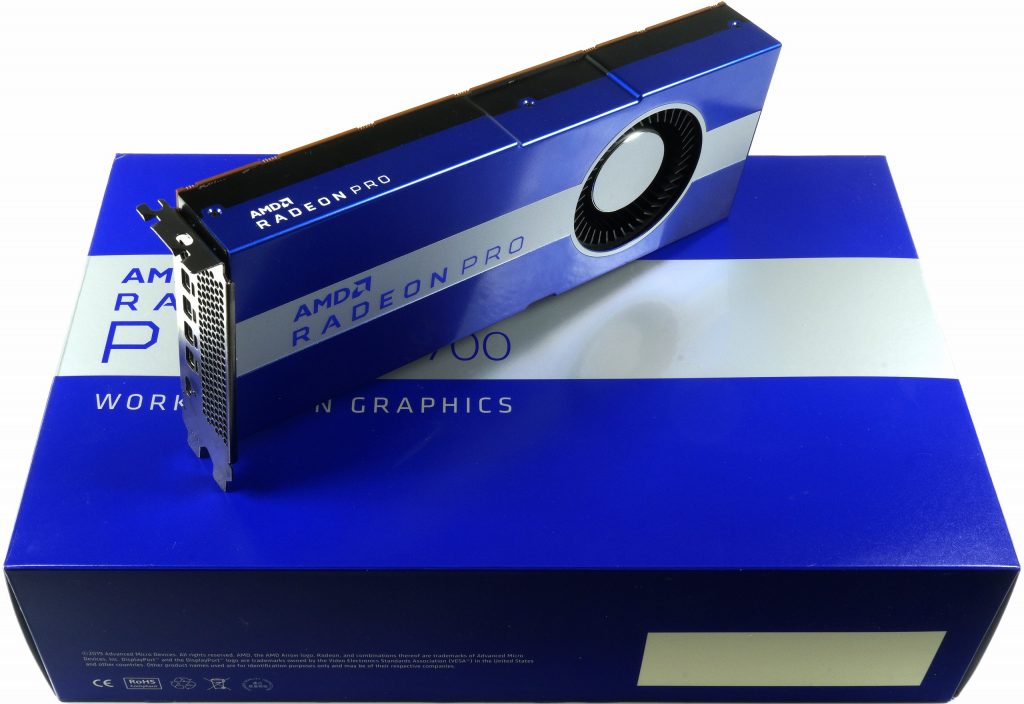
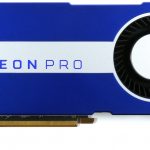
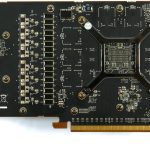
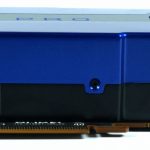
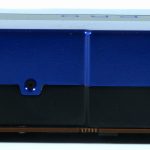
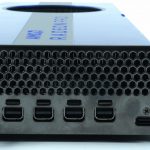
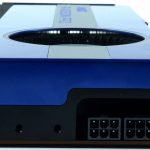
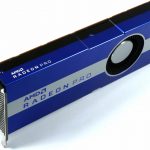
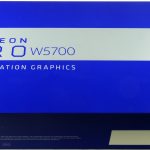
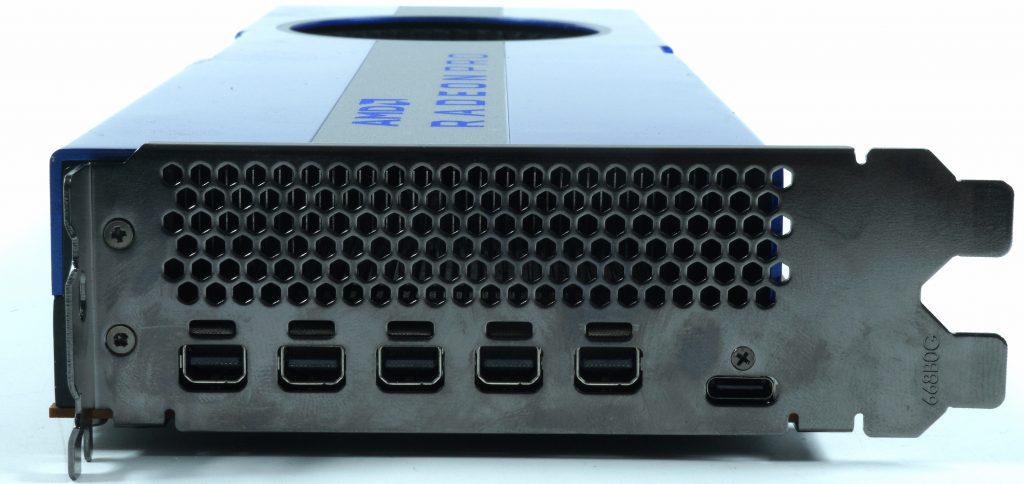
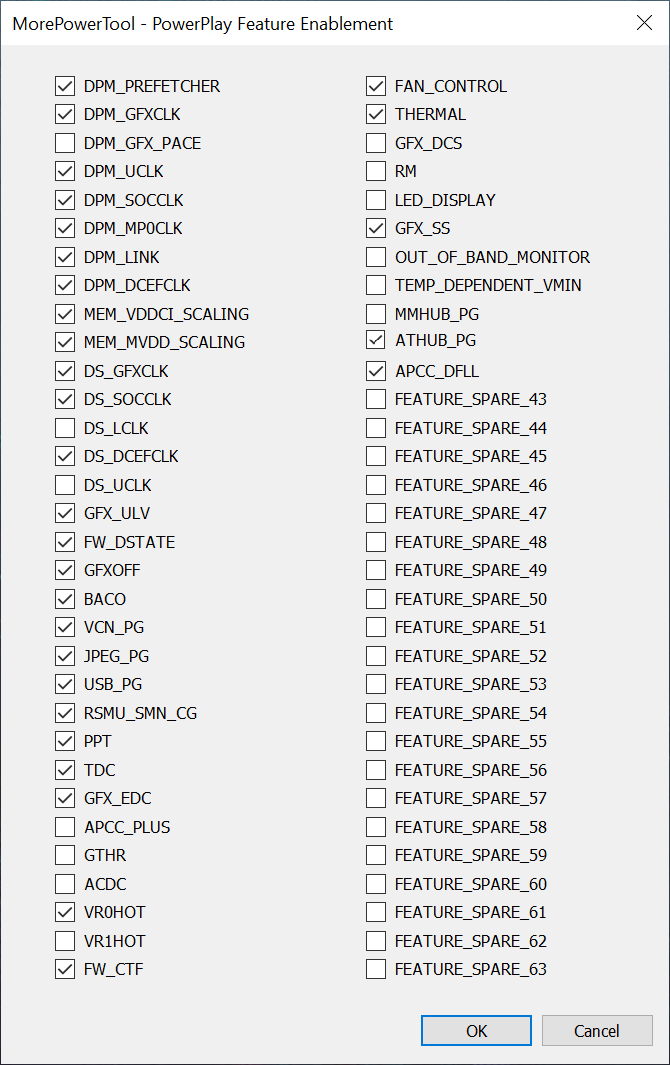

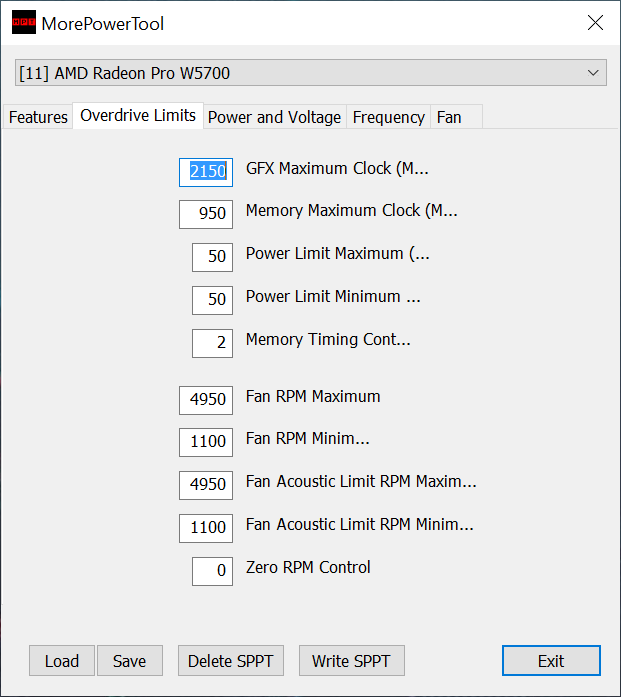
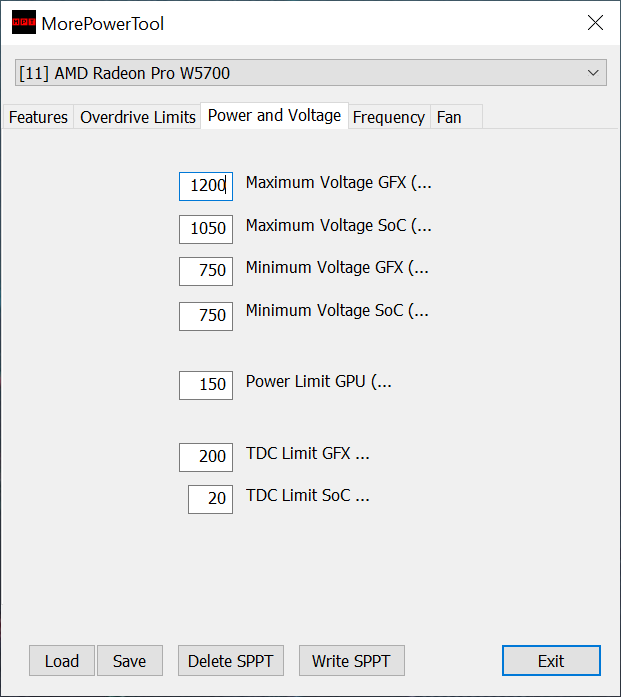
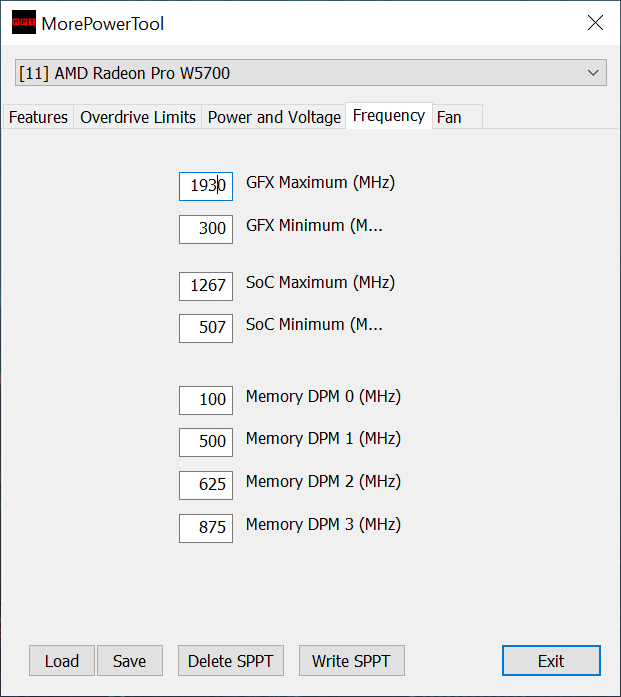
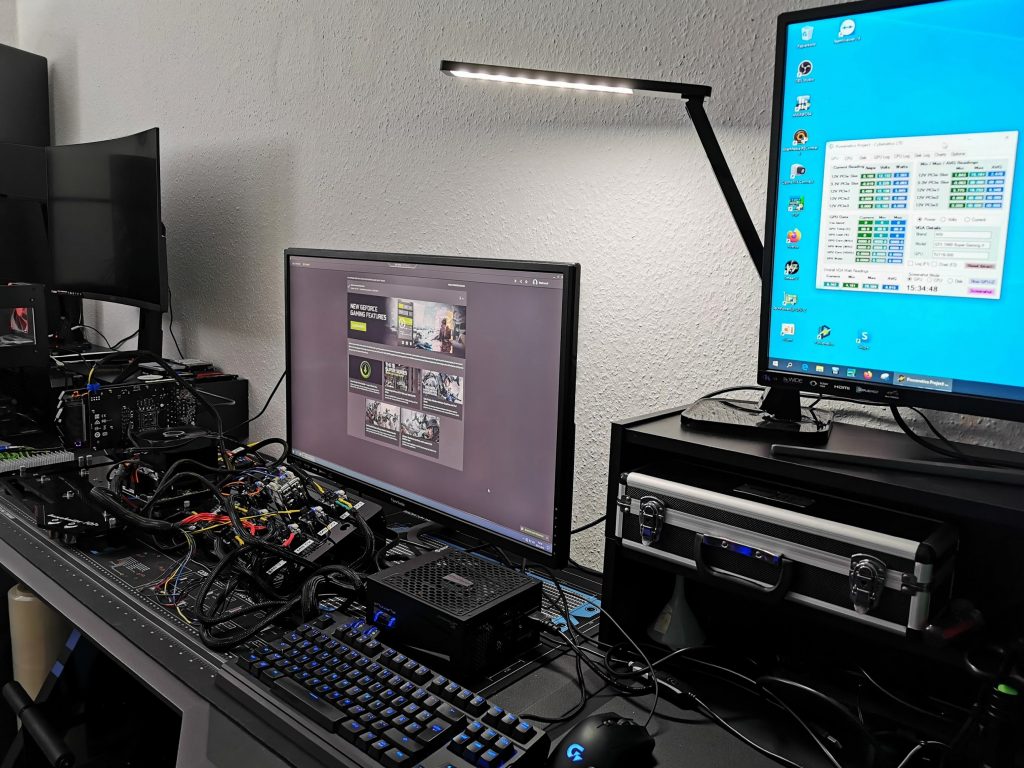

















Kommentieren